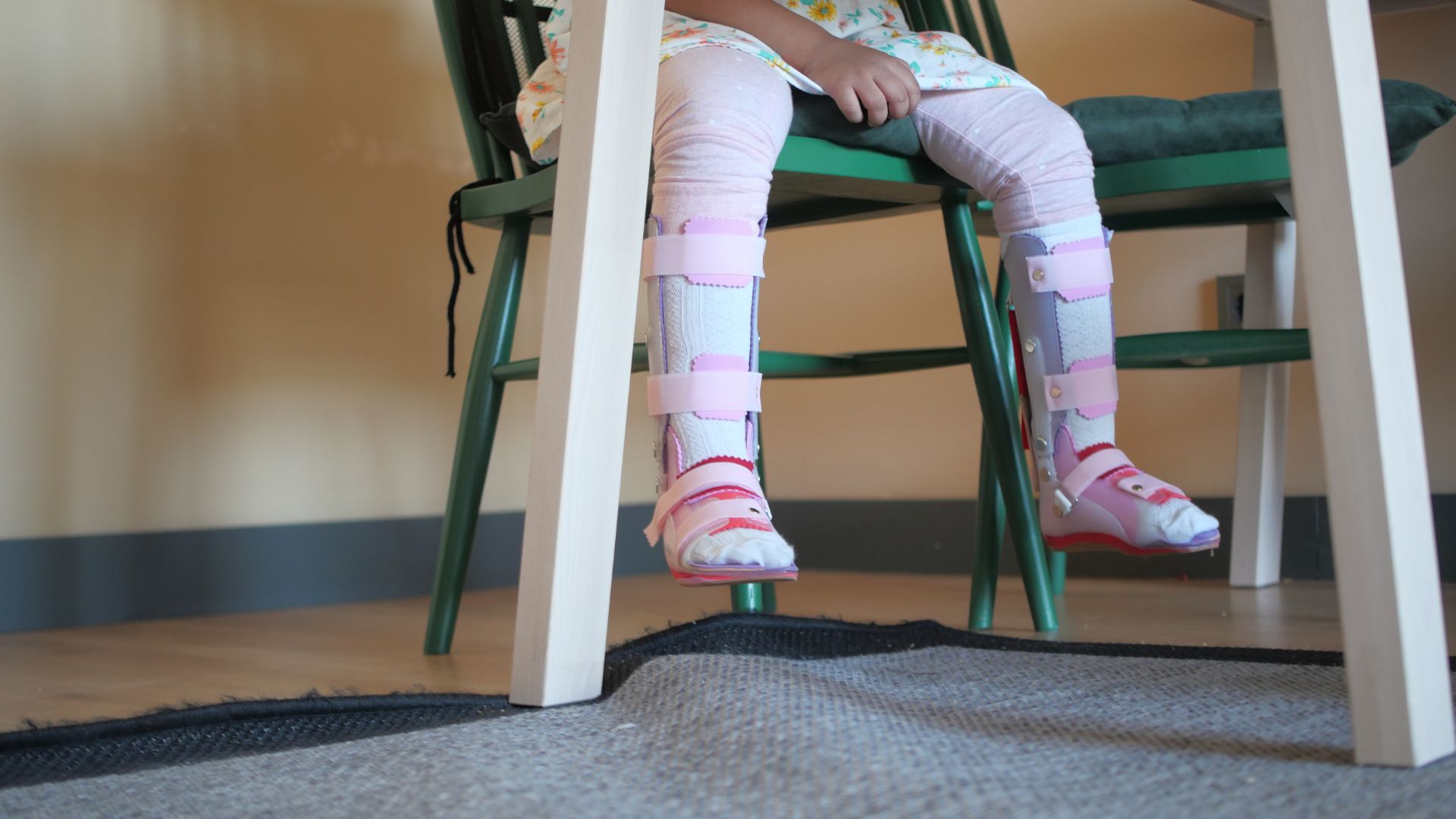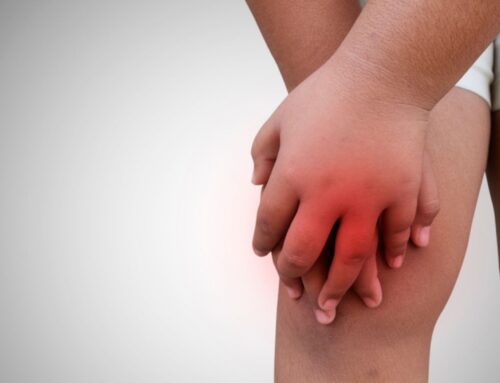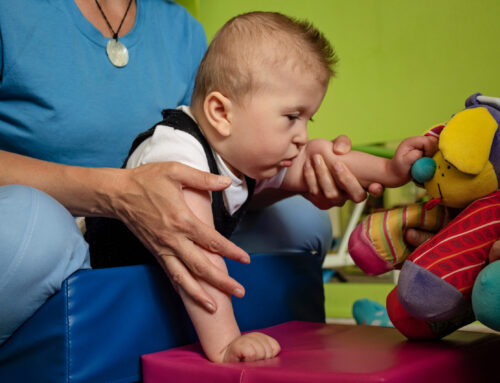Idiopathic toe walking treatment focuses on a conservative, non-surgical approaches, such as physiotherapy and casting. In some cases, surgical management might be required. A thorough assessment by a trained professional can help determine the best treatment approach for your child.
While toe walking is common in children who are learning to walk, it should be evaluated if it persists past two years of age. Left undiagnosed, toe walking can lead to chain reaction of physical symptoms up the legs and trunk, including knee pain, low back pain and frequent falls.
In this blog, we will look at what idiopathic toe walking is, how it is diagnosed, common symptoms and effects of toe walking, and how physiotherapy can help to treat this condition.
Table of Contents:
- What is idiopathic toe walking
- How to diagnose idiopathic toe walking
- Symptoms and effects of persistent toe walking
- Idiopathic toe walking treatment
- How Propel Physiotherapy can help
What is Idiopathic Toe Walking?
Toe walking is a pattern of walking where a child walks on the balls of their feet, with the heels off the ground. When children are learning how to walk, toe walking can occur as they are developing the skills and strength to be able to strike with their heel during gait. A temporary gait pattern that includes a mix of toe walking and other strategies is a normal part of the learning process.
If the child’s toe walking persists beyond two years of age, and they are toe walking greater than 60 percent of the time, further investigation is recommended to ensure no other underlying condition is present, such as cerebral palsy, Duchenne muscular dystrophy or autism.[i]
Idiopathic toe walking (ITW) is persistent toe walking that occurs in both feet and is diagnosed in children two years and older. The term idiopathic means that there is no known underlying cause for the condition.
You may also enjoy reading: Duchenne muscular dystrophy treatment strategies
How to Diagnose Idiopathic Toe Walking
Idiopathic toe walking is considered a diagnosis of exclusion; meaning it is diagnosed by ruling out other possible conditions. Some cases of ITW can be linked to decreased range of motion within the ankle joint, specifically into dorsiflexion, which is known as an equinus deformity.[ii]
A good understanding of the child’s birth and medical history, developmental milestones, and a physical examination can be used in combination to diagnose ITW if all other neurological and orthopedic conditions have been excluded.
You may also enjoy reading: Physical symptoms of autism spectrum disorder
Symptoms and Effects of Persistent Toe Walking
When a child is persistently walking on their toes, it can lead to a chain reaction up their legs and trunk.
Common signs and symptoms of persistent ITW can include:[iii]
- Calf muscles will often appear large and will feel tight & hard
- Limited ankle range of motion (particularly into dorsiflexion)
- Widening of the front foot
- Walking with straight knees
- Knee pain at the front of the knee
- Increased arch in low back
- Low back pain
- Frequent falls
You may also enjoy reading: Congenital Torticollis Treatment
Idiopathic Toe Walking Treatment
There are several management strategies that can be used in children with idiopathic toe walking. Treatment strategies range from conservative management, such as casting or physical therapy, to surgical procedures.[iv]
Physiotherapy
- Stretching
- Passive stretching of calf muscles in clinic and as part of a home exercise program
- Active stretching
- Bear walking with hands on the floor, hips in the air and heels down, to create a dynamic stretch for the calf muscles
- Motor control strategies and gait training – to facilitate the heel strike during walking
- Balance exercises
- Single leg standing on a flat foot
- Standing on unstable surfaces, such as a couch cushion
- Encouraging heel-first gait
- Strengthening exercises
- Crouching – by helping to keep a flat foot during this exercise, it can gradually lengthen the calf muscles
- Sit-to-stand – standing up from a low surface. This can be done by helping to clean up toys or picking up items from the ground
- Climbing stairs with a reciprocal pattern, making sure that the heel makes contact with the stairs
- Backwards walking against resistance – to strengthen the muscles in the front of the shin, as well as the muscles in the hips
- Penguin walking (heel walking) to strengthen the muscles in the front of the shin
- Marble pick up – picking up small objects with toes to strengthen and support the arch of the foot
Bracing and Footwear
- Ankle foot orthoses (AFOs) can stretch the calf muscles and inhibit toe walking. These can also be used at nighttime for a sustained stretch.
- Footwear might be recommended to help correct toe walking (rigid sole and straight last); a high top shoe may be used in less severe cases to correct toe walking if they do not need an AFO.
Serial Casting
- A process where your child will be casted multiple times into gradually more dorsiflexion. They will start at a small amount of dorsiflexion, and continue to change the casts, increasing the amount of dorsiflexion your child is in each time.
- This creates a prolonged stretch for the calf muscles, helping to lengthen them over time to allow the heel to make contact with the floor while the child is walking.
Surgical Management
- Lengthening of the calf musculature by completing a tendon release in order to correct contractures.
You may also enjoy reading: Cerebral palsy physiotherapy
How Propel Physiotherapy Can Help
At Propel Physiotherapy, our physiotherapists can help to guide you through the process of helping your child’s toe walking. We will complete a thorough assessment of their gait pattern, strength, range of motion, and balance impairments. We will then create a tailored treatment plan for your child which will include gait training, strengthening, stretching, and referrals to other professionals for casting or further intervention if necessary.
Our experienced and knowledgeable therapists will help your child as they develop, guiding them through play and fun activities to help your child feel and move their best.
References
[i] Oetgen ME, Peden S. Idiopathic Toe Walking. Journal of the American Academy of Orthopaedic Surgeons. 2012;20(5):292–300
[ii] Van Kuijk AAA, Kosters R, Vugts M, Geurts ACH. Treatment for idiopathic toe walking: a systematic review of the literature. Journal of rehabilitation medicine. 2014;46(10):945–57.
[iii] Radtke K, Karch N, Goede F, Vaske B, von Lewinski G, Noll Y, et al. Outcomes of Noninvasively Treated Idiopathic Toe Walkers. Foot and ankle specialist. 2019;12(1):54–61.
[iv] Caserta AJ, Pacey V, Fahey M, Gray K, Engelbert RHH, Williams CM. Interventions for idiopathic toe walking. Cochrane database of systematic reviews. 2019;2019(10):CD012363–CD012363.
Written by
















